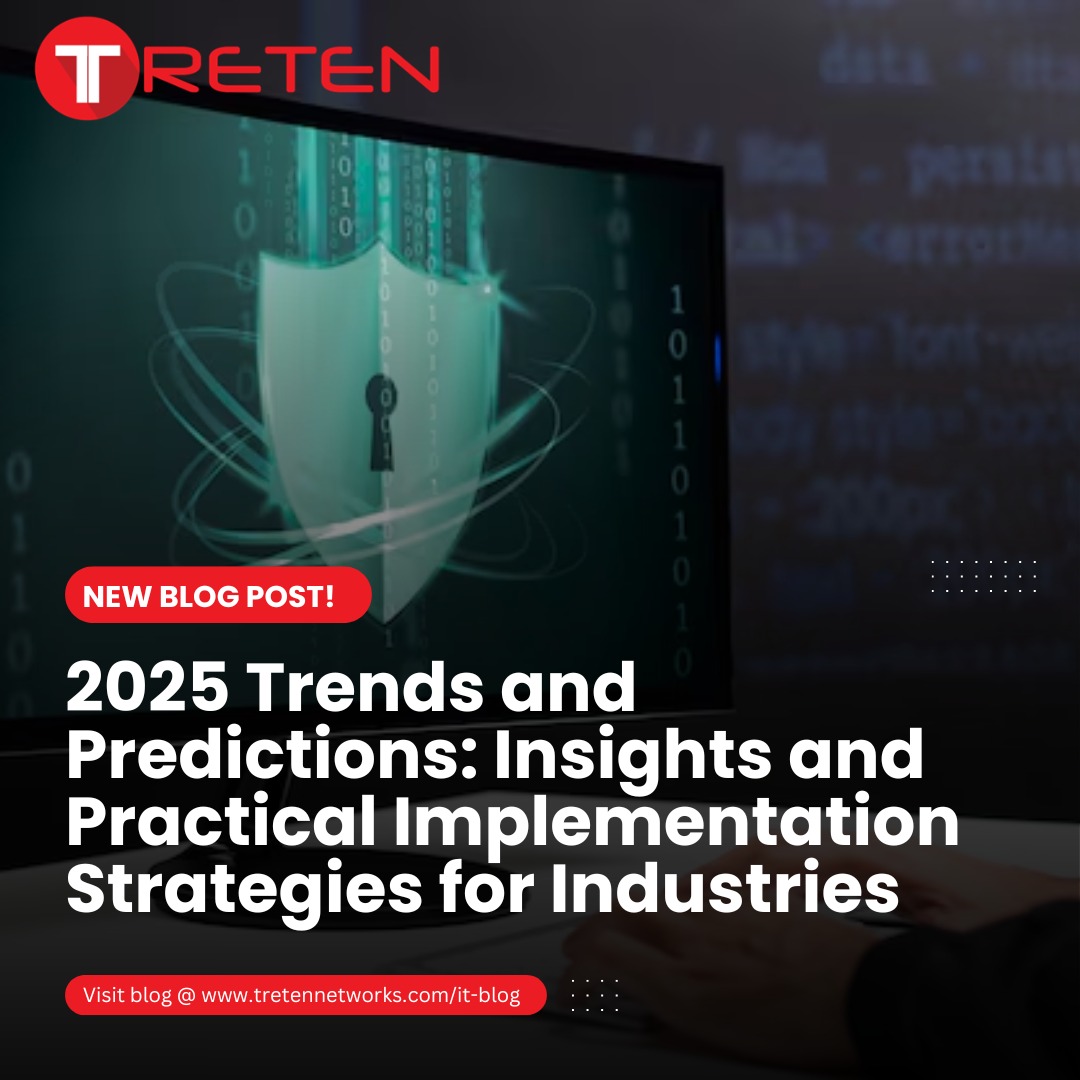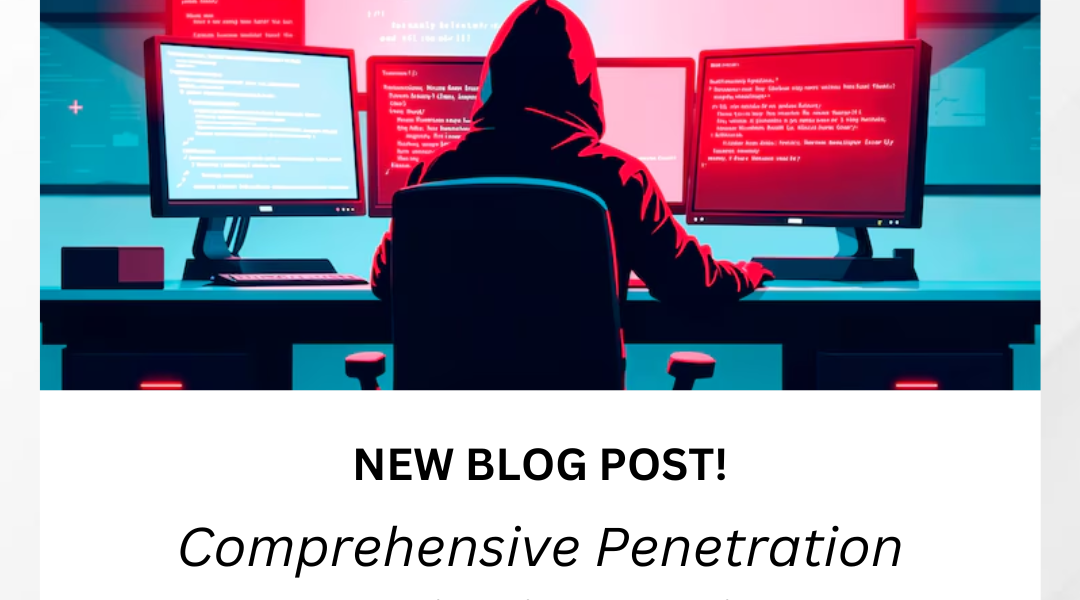2025 Trends and Predictions: Insights and Practical Implementation Strategies for Industries
As we step into 2025, industries across the globe are poised to embrace transformative trends shaped by technological advancements, shifting consumer behavior, and a renewed focus on sustainability. Companies like Cisco, Juniper Networks, and Palo Alto Networks are at the forefront of these trends, offering innovative solutions to address the challenges and opportunities of the digital age. This blog explores key trends and predictions for 2025 and provides actionable insights for industries, including Financial Services (FSI), Telecoms, Manufacturing, Aviation, Government, Healthcare, SMB, Retail, Energy/Oil, Transportation, and Media/Entertainment, to effectively implement them.
1. Financial Services Industry (FSI)
Trend: Behavioral Biometrics and Sustainable Fintech
The financial services industry is shifting toward advanced technologies like behavioral biometrics for passive identity verification and sustainable fintech solutions to address climate change.
Practical Implementation:
-
Adopt Passive ID Verification: Leverage behavioral biometrics to reduce fraud and streamline authentication processes.
-
Invest in Sustainability: Develop green banking initiatives, such as sustainable investment portfolios and eco-friendly operations.
-
Prepare for PSD3 and PSR1: Ensure readiness for evolving regulatory frameworks in payments and banking compliance.
Resource: Cisco | Juniper Networks
2. Telecoms
Trend: 5G Expansion and Zero Network Downtime
With 5G expansion accelerating, telecoms are working toward achieving zero network downtime through advanced AI-driven network configurations.
Practical Implementation:
-
Enhance Network Automation: Partner with technology providers like Cisco to deploy automation tools that minimize configuration errors and outages.
-
Expand Edge Computing Capabilities: Build infrastructure that supports real-time data processing for IoT and AI applications.
-
Secure 5G Networks: Implement AI-driven threat detection to protect against cyberattacks.
3. Manufacturing
Trend: Smart Factories and Polyfunctional Robots
Manufacturing is being transformed by smart factories and polyfunctional robots that enhance efficiency and adaptability.
Practical Implementation:
-
Deploy Robotics: Invest in multi-functional robots to handle diverse tasks within manufacturing lines.
-
Integrate IoT: Use IoT devices for real-time monitoring of production processes.
-
Focus on Predictive Maintenance: Implement AI analytics to reduce equipment downtime.
4. Aviation
Trend: Human-Machine Collaboration and AI for Sustainability
Aviation is seeing the first examples of humans and humanoid robots collaborating, alongside AI-driven sustainability initiatives.
Practical Implementation:
-
Integrate Humanoid Assistants: Deploy humanoid robots for tasks such as customer service and logistics support.
-
Use AI for Flight Optimization: Leverage AI to reduce fuel consumption and optimize flight routes.
-
Adopt Sustainable Practices: Explore biofuels and other eco-friendly alternatives to lower carbon emissions.
Resource: Zadara | Skybox Security
5. Government
Trend: Smart and Secure Infrastructure
Governments are prioritizing the development of smart cities and secure infrastructure to address cybersecurity threats.
Practical Implementation:
-
Invest in Secure IoT: Use secure IoT devices to manage public services and critical infrastructure.
-
Strengthen Cybersecurity Frameworks: Partner with vendors like Palo Alto Networks to defend against nation-state cyberattacks.
-
Promote Digital Governance: Implement e-government platforms to improve public services.
6. Healthcare
Trend: AI-Driven Diagnostics and Cybersecurity Readiness
The healthcare sector is advancing with AI-powered diagnostic tools and enhanced cybersecurity measures.
Practical Implementation:
-
Adopt AI Diagnostics: Implement AI to analyze medical imaging and predict health outcomes accurately.
-
Strengthen Patient Data Security: Use secure browsers and AI-driven cybersecurity tools to protect sensitive health data.
-
Expand Telemedicine: Build robust platforms for remote patient monitoring and consultations.
7. Small and Medium Businesses (SMBs)
Trend: Cloud Adoption and AI for Operations
SMBs are leveraging cloud technologies and AI to optimize operations and scale their businesses.
Practical Implementation:
-
Transition to Cloud-Based Solutions: Use scalable platforms to enhance operational efficiency.
-
Adopt AI Tools: Utilize AI for inventory management, customer service, and predictive analytics.
-
Focus on Cybersecurity: Deploy secure access service edge (SASE) solutions to safeguard data.
Resource: AWS | Checkpoint
8. Retail
Trend: Omnichannel Commerce and Personalized AI Experiences
Retailers are focusing on creating seamless omnichannel experiences and leveraging AI for customer personalization.
Practical Implementation:
-
Build Omnichannel Platforms: Integrate online and offline shopping channels for a unified customer experience.
-
Enhance Personalization: Use AI to analyze customer preferences and deliver tailored product recommendations.
-
Implement AR/VR: Develop immersive shopping experiences with augmented and virtual reality tools.
Resource: Cellusys | Africa Data Centres
9. Energy/Oil
Trend: AI for Smart Grids and Sustainability
The energy sector is transitioning to smart grid technology and renewable energy solutions powered by AI.
Practical Implementation:
-
Adopt Smart Grid Systems: Use AI and IoT sensors to optimize energy distribution and consumption.
-
Focus on Renewable Energy: Invest in solar, wind, and other renewable energy projects.
-
Enhance Security: Deploy AI-enabled cybersecurity tools to protect critical energy infrastructure.
10. Transportation
Trend: Autonomous Vehicles and AI for Logistics
Autonomous vehicles and AI-driven logistics are reshaping the transportation landscape.
Practical Implementation:
-
Develop Self-Driving Fleets: Partner with technology providers to build autonomous transportation systems.
-
Leverage AI for Logistics: Use predictive analytics for efficient route planning and fleet management.
-
Enhance Safety Standards: Implement AI to monitor and predict potential safety risks.
11. Media/Entertainment
Trend: AI-Generated Content and Advanced Cybersecurity
The media industry is embracing AI for content creation while tackling sophisticated cybersecurity threats.
Practical Implementation:
-
Adopt AI for Content Creation: Use AI to generate engaging, personalized media experiences.
-
Invest in Advanced Cybersecurity: Protect intellectual property with AI-driven threat detection.
-
Leverage AR/VR: Develop immersive entertainment experiences for enhanced audience engagement.
The year 2025 promises groundbreaking advancements across industries, driven by AI, cybersecurity innovations, and sustainability initiatives. By aligning with the latest trends and partnering with technology leaders like Cisco, F5, Juniper Networks, Netbrain, Infoblox, Cellusys, Sandsiv+, Zadara, Sophos, Skybox, Palo Alto Networks, Fortinet, Netskope, Sandvine, Netscout, Zscaler, Claroty, Checkpoint, Africa Data Centres, Huawei, AWS, and TelSpace, businesses can navigate the challenges and opportunities of the digital era. Practical implementation of these strategies will enable organizations to thrive in a rapidly evolving landscape.


